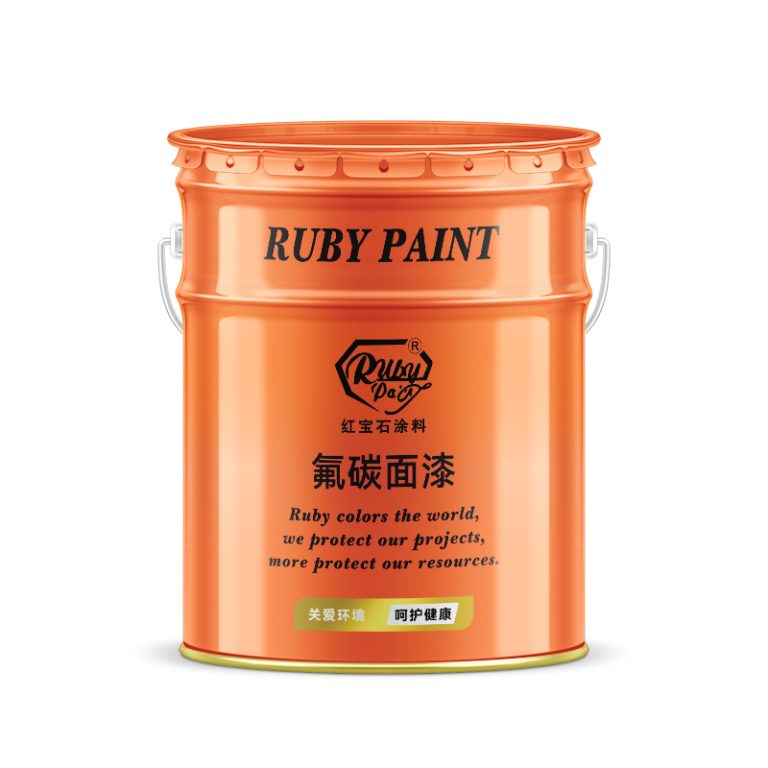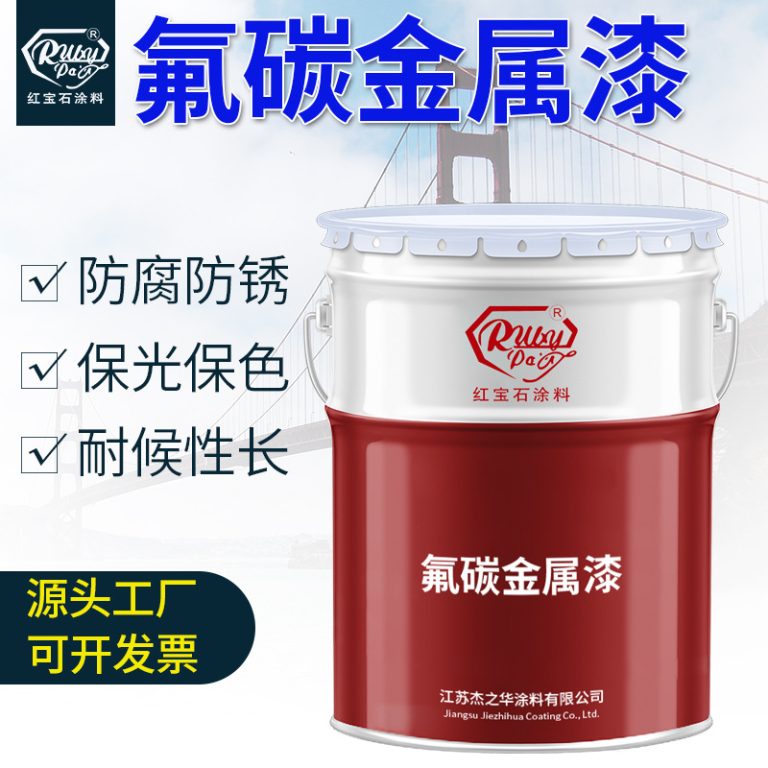Table of Contents
The Advantages of Using Two-Part Epoxy Paint for Industrial Flooring
Title: The Advantages of Using Two-Part Epoxy Paint for Industrial Flooring
In the realm of industrial flooring, durability and resilience are paramount. Facilities demand a flooring solution that can withstand heavy machinery, chemical spills, and constant foot traffic without succumbing to wear and tear. Two-part epoxy paint emerges as a superior contender in this arena, offering a plethora of benefits that make it an ideal choice for industrial settings.
Two-part epoxy paint, also known as a two-component system, consists of an epoxy resin and a polyamine hardener. When these two components are mixed, they undergo a chemical reaction that results in a hardened, durable finish. This reaction is not merely a drying process but a curing one, which contributes significantly to the strength and longevity of the coating.
One of the most notable advantages of two-part epoxy paint is its exceptional durability. Once cured, the epoxy coating creates a seamless and tough surface that can resist abrasion, heavy impacts, and even thermal shock. This makes it particularly suitable for industries where the flooring is subject to intense conditions, such as manufacturing plants, warehouses, and automotive garages.
Moreover, the chemical resistance of two-part epoxy paint is a critical factor in its widespread adoption in industrial settings. The cured epoxy is impervious to a wide range of chemicals, including acids, alkalis, solvents, and oils. This resistance ensures that the floor remains intact and easy to clean, even when exposed to potentially damaging substances. Consequently, maintenance costs are reduced, and the lifespan of the flooring is extended.
Another significant benefit is the safety enhancements that two-part epoxy paint provides. The surface can be tailored to include anti-slip additives, reducing the risk of accidents in the workplace. Additionally, the high-gloss finish of epoxy can improve lighting conditions by reflecting light, contributing to a brighter and safer environment for employees.
Aesthetics also play a role in the selection of industrial flooring, and two-part epoxy paint does not disappoint. Available in a variety of colors and finishes, it allows for customization to fit the visual identity of a facility or to demarcate specific areas for safety or organizational purposes. The seamless nature of the coating also contributes to a clean and professional appearance, which can be important for facilities that receive clients or visitors.
The application process of two-part epoxy paint is another aspect that adds to its appeal. While it requires careful preparation of the concrete substrate to ensure proper adhesion, the actual application is straightforward. The epoxy can be rolled or sprayed onto the surface, and once cured, it forms a bond with the substrate that is stronger than traditional floor paints.
In terms of sustainability, two-part epoxy paint is a sound choice. Its longevity means that floors need to be replaced less frequently, reducing waste and the demand for raw materials. Additionally, the ease of cleaning and maintenance means that less water and fewer cleaning agents are required over the life of the floor.
| No. | Commodity Name |
| 1 | Industrial paint |
In conclusion, two-part epoxy paint offers a comprehensive solution for industrial flooring needs. Its unparalleled durability, chemical resistance, safety features, aesthetic versatility, straightforward application, and sustainability credentials make it a wise investment for any industrial facility. By choosing two-part epoxy paint, facility managers can ensure a flooring system that not only meets the rigorous demands of industrial operations but also contributes to a safer, more efficient, and visually appealing work environment.
How to Properly Apply Two-Part Epoxy Paint for a Durable Finish
Epoxy paint 2 part, known for its durability and resilience, is a specialized coating that has become the go-to choice for protecting and enhancing a variety of surfaces. This type of paint consists of two components: a resin and a hardener. When mixed together, they undergo a chemical reaction that results in a hard, protective finish. Applying two-part epoxy paint correctly is crucial for achieving a long-lasting and high-quality finish.
| Serial Number | Product |
| 1 | Fluoracarbon finish paint |
The first step in the application process is surface preparation. The longevity and effectiveness of an epoxy coating are heavily dependent on the thoroughness of this stage. The surface must be clean, dry, and free of any contaminants such as oil, grease, or previous loose paint. This often involves cleaning with a degreaser or solvent and then sanding to create a rough profile for better adhesion. Any cracks or chips should be repaired, and the surface should be wiped down to remove all dust and debris.
Once the surface is prepared, the next step is to mix the epoxy paint. It is imperative to follow the manufacturer’s instructions precisely, as the ratio of resin to hardener must be exact to ensure proper curing. Typically, the two parts are mixed in a clean container, and it is essential to mix thoroughly to avoid any unmixed parts that could result in a weak or tacky finish. The pot life, or the time the mixed epoxy remains workable, is limited and varies by product, so it is important to only mix as much as can be used within that window.

After mixing, the application process must be executed with care and attention to detail. Epoxy paint can be applied using a brush, roller, or spray gun, depending on the size and nature of the project. When using a brush or roller, it is important to apply the paint in thin, even coats to avoid drips or bubbles. If spraying, the equipment must be compatible with epoxy paints, and the user should employ a consistent motion to ensure even coverage.
The environment in which the epoxy is applied also plays a critical role in the outcome. The temperature and humidity levels can affect the curing process, so it is best to apply the paint in a controlled environment whenever possible. Most epoxies require a specific range of temperatures to cure properly, and high humidity can prolong drying times or even prevent proper curing.
After the first coat is applied, it is necessary to wait for it to become tack-free before applying a second coat. This interval can vary, so consulting the product’s datasheet for recoat times is essential. A second coat will not only provide additional protection but will also help to ensure a uniform finish.
Finally, once the final coat has been applied, the curing process must be allowed to complete. This can take anywhere from several hours to several days, depending on the product and environmental conditions. During this time, the surface should be protected from dust, debris, and traffic to prevent imperfections.
In conclusion, applying two-part epoxy paint is a process that requires meticulous preparation, precise mixing, careful application, and patience during curing. By adhering to these steps, one can ensure a durable and robust finish that will protect surfaces for years to come. Whether for industrial floors, garage floors, or other high-traffic areas, two-part epoxy paint provides a resilient coating that stands up to the toughest conditions.





